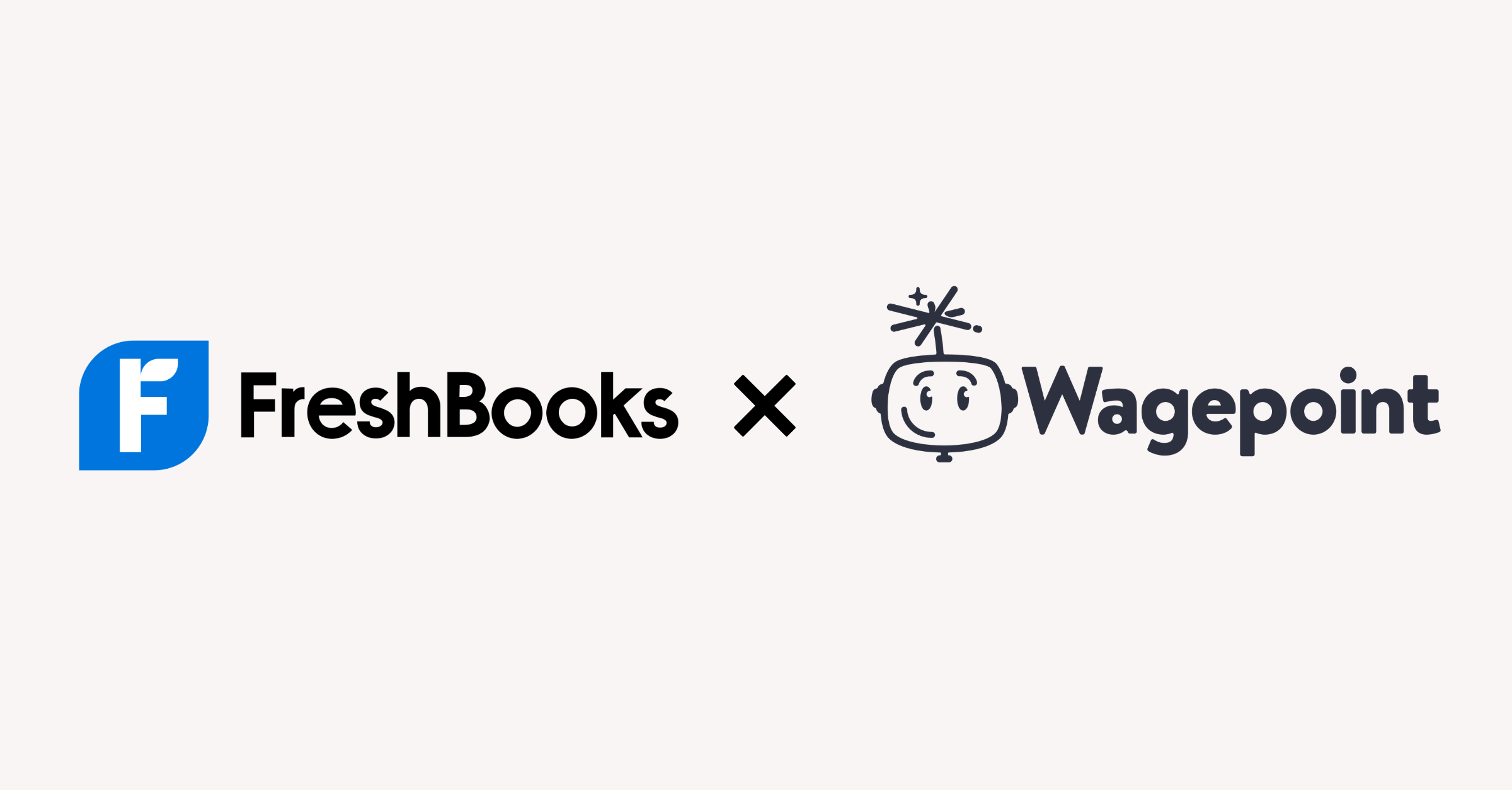Become an insider!
Get our latest payroll and small business articles sent straight to your inbox.
Savvy business owners know it costs 5x – 6x the amount to acquire a new customer than to retain an existing one. This rings true for hiring and employee retention as well.
A report by the Center of American Progress found the average cost to replace an employee varies from 16% up to 213% depending on the employee’s compensation level.
In this post, we’re going to explore 7 employee retention strategies to ensure the strong, happy team you’ve built — stays the same strong, happy team you’ve built.
What is employee retention?
Employee retention refers to an organization’s ability to keep its employees. Employee retention rate is measured as a percentage of employees retained over a given duration.
Why are employee retention strategies important?
Beyond the immediate recruitment efforts and financial costs required of your HR team and your hiring manager (the person requesting the new hire), there is a loss in productivity and morale.
Employee resignations require existing employees to step up until vacant positions are filled. That void isn’t necessarily filled when a new hire joins either. In addition to training, new employees require an average 5-6 month runway before becoming fully productive.
There is also a loss of institutional company knowledge when experienced employees leave. Whether you’re a cafe owner or managing a sales team, turnover affects the existing relationships your team has built and the level of customer service you can provide.
Seeing waves of resignations can affect company morale and your company’s ability to recruit in the future. Employees and prospects alike will question whether they’re in the right job or wonder, “why is everyone is leaving?”
7 employee retention strategies you can apply today
1. Do your compensation research
To understand how to retain employees, we need to understand why people quit. In a recent survey by PayScale, 25% of people left their jobs for higher pay with the largest portion of that same group choosing their new organization for, you guessed it, higher pay.
“Havin’ money isn’t everything. Not havin’ it is.”
– Kanye West
As a starting point, you should be well informed of the average salary for the position you’re hiring for. Keep in mind this will differ based on your location. Tools like PayScale and Glassdoor can help provide regional insight.
While salary is inevitably the biggest piece of the compensation puzzle, it isn’t the only piece. For example, are you providing medical insurance, subsidized education, transit passes, health and wellness incentives, commission or stock options? While you can’t necessarily make everyone happy, you can be strategic about what you provide.
Running a restaurant staffed mostly by high schoolers? A generous parental leave policy might not be your best move. By understanding the needs of your workforce, you’ll begin to understand what benefits go the furthest.
2. Create opportunities to do meaningful work
Unfortunately, solving your retention problems isn’t as simple as paying your employees more. In the same PayScale report, the #1 factor in attracting employees to a new organization is the opportunity to do more meaningful work.
The concept of meaningful work can be an abstract one. Is it meaningful at the job level? The cultural level? The industry level? How can you determine alignments and misalignments?
The answer can be as simple as talking to them. While restructuring your organization to fulfill every employee whim is a drastic and unrealistic option, being in tune with what fulfills your team isn’t.
When looking to create more meaningful work, ask yourself and your employees these questions:
- Do your employee’s current assignments lead to growth or new knowledge?
- Can you include their input earlier in the project or process?
- Is there a way to create a greater sense of accomplishment by positioning them closer to the end of a project?
- Can you provide better channels for their feedback so they feel less like a cog and more integral to how the organization operates and grows?
Don’t be mistaken. Providing these opportunities isn’t simply lip service. Breaking down silos and creating cross-functional teams brings perspective both to individual employees and your organization as a whole.
Latitudes, longitudes and lateral movement
While providing growth opportunities can lead to promotions, fast-tracking promotions are sure ways to bloat management and budgets. Growth and meaningful work can also come out of lateral-movement.
One interesting example of this is Hootsuite’s “stretch programs.” This initiative gives employees the opportunity to try on a different job for three months by working 20% of their time in a different role.
At the end of the duration, the fit is evaluated and a decision is made whether the employee moves over permanently or not. Even if a role transition isn’t made, it still provides a great growth opportunity for the chosen employee.
“The simple truth is that if you don’t give employees the chance to learn something new and change positions, they’re going to take it upon themselves to do so anyway–with a different employer”
—Ryan Holmes, CEO, Hootsuite
3. Keep your employees engaged
Are your employees engaged in their role or just satisfied? Employee engagement goes above employee satisfaction and into an emotional commitment to the organization. That commitment means they care more about their work. Beyond lowering the chance of turnover, higher engagement leads to higher services, customer satisfaction, sales, and profits. It means they will go that extra mile for you.
Engaged workers have 6% higher net profit margins.
How do you increase employee engagement?
Reciprocation. If you want to make sure your employees are taking extra care with a customer, a process or task — show them that same care in the way you treat them and the environment you provide them.
Similar to any other relationship, care can be expressed in large and small gestures. You can endear yourself to some employees hosting regular team events, while other employees prefer to be a part of the committee that plans those team events. Are your values in line with your team? Creating charitable or volunteer opportunities can help ensure cultural alignment.
Are you providing employees with ways to connect? Whether you’re providing a casual get-together, are like paying for drinks on Friday or a more formal mentorship program, it’s important to provide multiple avenues so your team can pick activities that suit them.
Similar to how you customize your compensation packages to match your team, you should take the same approach with company get-togethers.
Team Fortress 2 Nights at Vidyard
Vidyard is a good example of a company that successfully transformed their company events from stereotypical startup bro-culture to reflect their more diverse workforce. Since the inception of the company, Thursdays at Vidyard, meant Team Fortress 2 Night (TF2 Night). Pizza and drinks are provided and the team hangs out after hours to bond and play—you guessed it—Team Fortress 2, a first-person shooter game.
As the company grew and changed from a company of 20-something guys into a more diverse workforce, so did TF2 Night. While the Thursday night team event is still referred to as TF2 Night, Team Fortress 2 hasn’t been played in years — instead board games are played, people listen to music and others just like to hang out and eat pizza.
Beyond TF2 Night, Vidyard’s annual Kidyard event, a version of a company picnic, sees the children of the team and childless employees alike playing in rented bouncy castles. Pancake breakfasts have replaced bar crawls. As your workforce evolves, so should your company culture.
Donut Chats at Wagepoint
At Wagepoint, we participate in Donut Chats, an automated roulette meeting program that’s integrated into Slack. The program randomly connects colleagues across teams to connect over a coffee or donut with other employees who they might not normally interact with.
4. Ensure good hires and good starts
A key component of retaining employees is finding fit — whether it’s about benefits, salaries or team events. So it only makes sense that hiring plays a big role in finding that fit.
According to Glassdoor, 37% of hiring managers say that new hires would stick around longer if they were better informed during the hiring process. Aim to be upfront and honest about what to expect—not only when it comes to day-to-day work but also the company culture. Transparency goes a long way.
Onboarding and orientation
Finding the right person is only the first step. According to a study by Deloitte, 22% of employee turnover occurs within the first 45 days of employment. Proper onboarding and training can help mitigate this turnover risk.
Have you formalized an onboarding experience? Beyond training, you can help reduce anxiety by helping form work relationships and bonds from day one. On your first day at Wagepoint, you’re asked to answer 20 questions. The answers are then shared with the rest of the company. This gives existing employees easy conversation starters and helps them get to know your new hire.
What is your favourite book?
From the pantheon of comic superheroes, who is the most important?
If there was a movie produced about your life, what would it be rated?
Another way to help ease new employees into a new role is by setting them up with an onboarding buddy — someone who can help them learn about the culture, where to find the printer, where to find the best coffee in the neighborhood.
5. Hire good leadership
The saying goes, people don’t quit a job, they quit a boss. Often, managers directly influence the way roles are set up. With the opportunity to do more meaningful work as the #1 factor in attracting employees to a new organization — you should pay close attention to how your management teams are performing.
So how can you ensure you’re getting the most out of your management team? Invest in management just as you would any other skill. Allow managers to attend seminars, take courses, and participate in team-building exercises. While not every company has the budget to invest in formal training, at the very least be sure to invest some of your time with your managers.
And while employee performance is primarily reported by managers, make time for upward feedback — where employees share an evaluation of their managers. When done well, that upward evaluation helps encourage a culture of feedback — increasing trust and communication for everyone involved.
6. Invest in training
CFO: What happens if we train them and they leave?
CEO: What happens if we don’t and they stay?
We all know the hypothetical conversation above but do you know the effect on employee retention? According to LinkedIn’s 2018 Workforce Learning Report, 94% of employees would stay at a company longer if it invested in their careers.
Whether it’s an industry workshop, online course, conference or lunch and learn, provide employees with opportunities to learn and be sure to block off the appropriate amount of time to learn. The #1 reason employees feel held back from learning is because they don’t have the time.
Not only are the hard skills valuable, attending industry events and education can reenergize employees, improving morale.
7. Measure your success with Employee Net Promoter Scores
Like any successful business, it’s important to measure your results. How do you know if your retention efforts are working? Sure, the retention rate is an obvious answer but it’s a lagging metric. By then, it’s too late. So what can you use as a leading metric?
Consider the Employee Net Promoter Score. eNPS is used to measure and quantify employee’s satisfaction in a single number. A bit of history—eNPS is based on Net Promoter Score, a concept created as a simple way to gauge how customers feel about a company.
The first step in acquiring an eNPS score is providing a short anonymous survey that asks two questions:
- How likely are you to refer your company as a place to work—on a scale from 1 to 10?
- What can the company do to become a better place to work?
Responses are grouped into 3 categories: promoters, neutrals and detractors. Detractors are those who rate 0-6. Neutrals, 7-8. And promoters are those who rate 9-10. To determine your eNPS score, neutrals are removed and the percentage of detractors is subtracted from your percentage of promoters.
While industry benchmarks exist, it’s more important to compare your past results. By regularly surveying your team, you’ll be able to measure quantitative changes to how satisfied your employees are.
Whether you see positive or discouraging results, don’t stop there. Pore over the treasure trove of employee feedback that you can consider. If employees trust that these surveys are truly anonymous, you will receive feedback that might not come out in one on-one-meetings between employees and managers.
Start with communication
The things that hold a working relationship together aren’t all that different than what holds a traditional relationship together. Communication. Trust. Sometimes, buying the other person pizza.
Sure the context is different, but at the end of the day, ensuring your needs are heard and met are integral to relationships that last.
The advice we share on our blog is intended to be informational. It does not replace the expertise of accredited business professionals.











